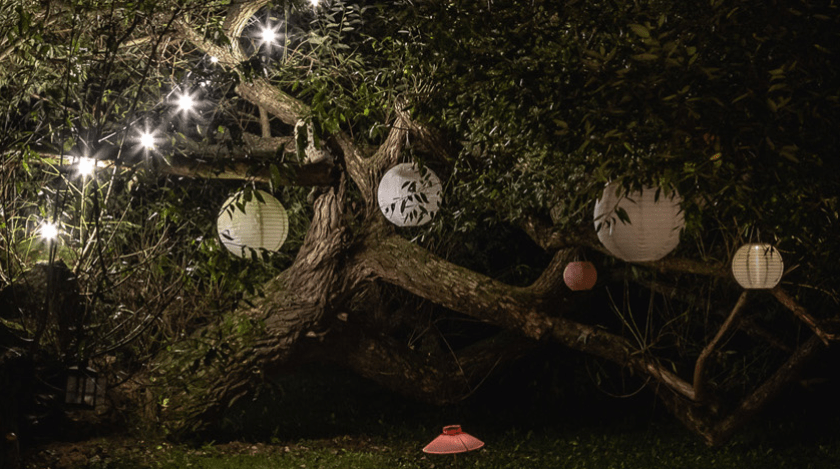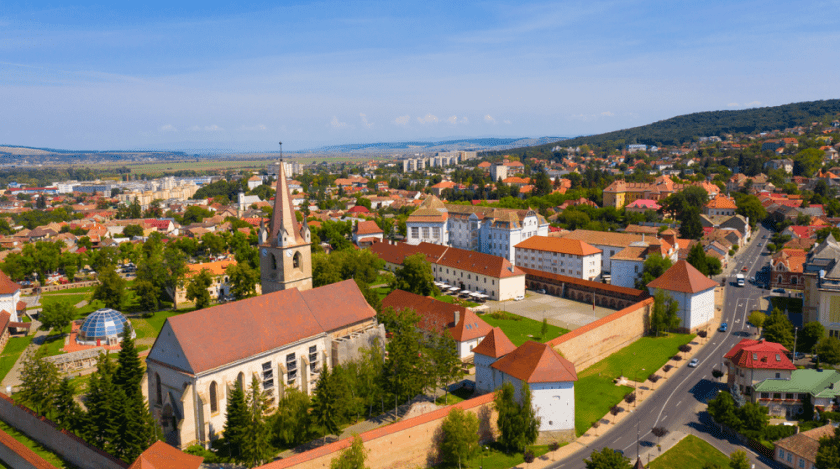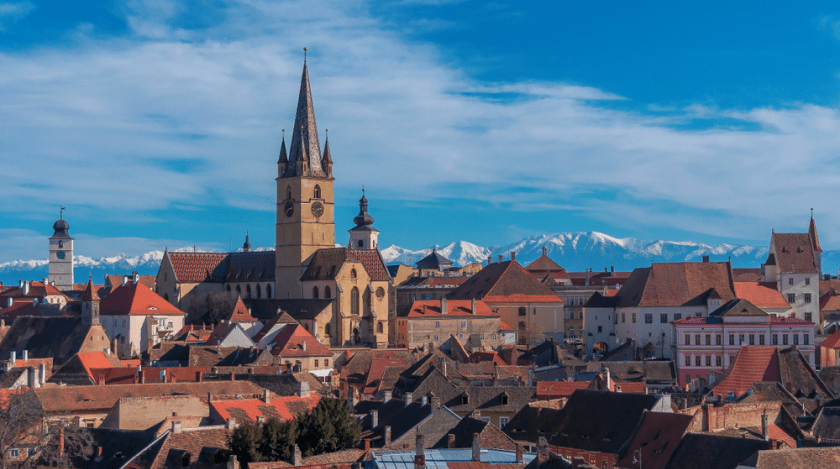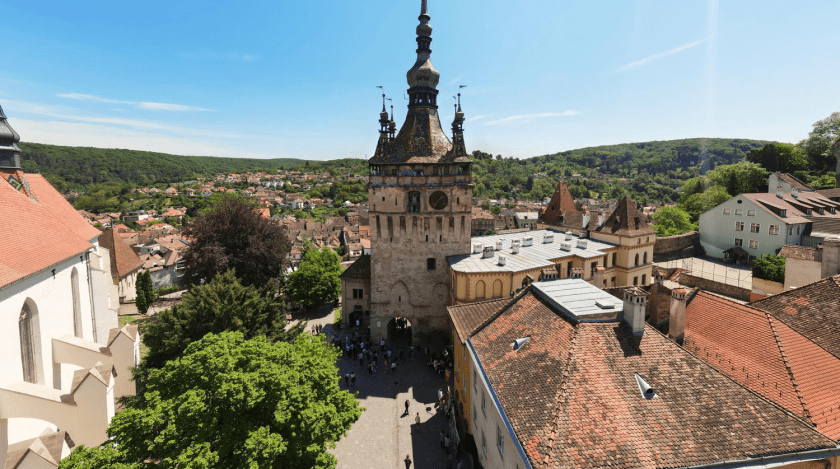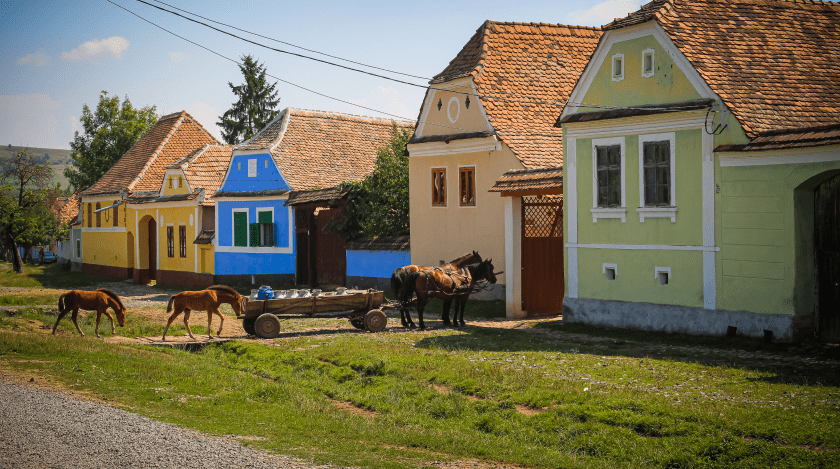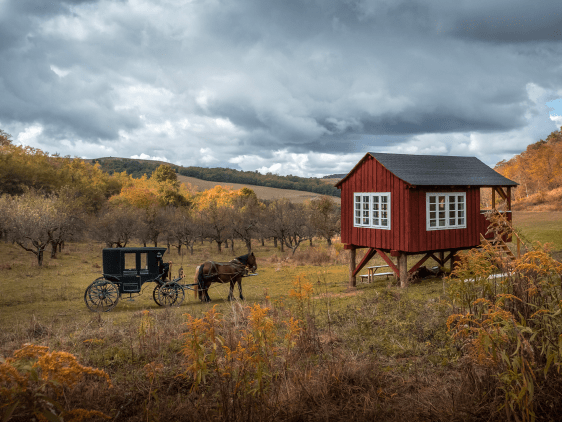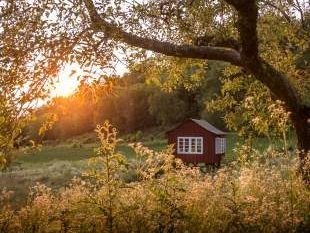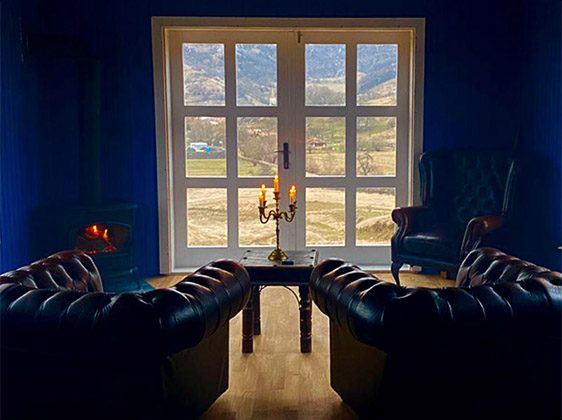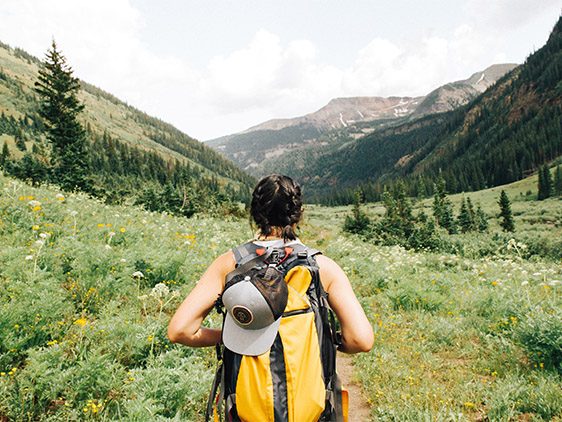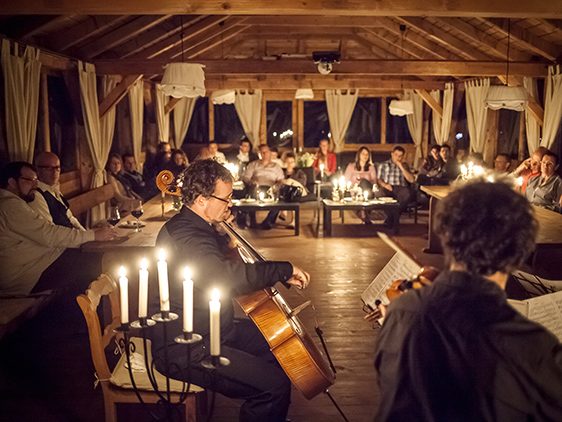Often called the “Transalpina de Apuseni”, Transapuseana offers a captivating 78-kilometer journey through Romania’s Apuseni Mountains. Connecting Aiud to the Bucium-Abrud area in Alba County, this route links the A10 highway with the DN74 national road. Driving along Transapuseana from Aiud to Abrud, you’ll pass through the charming rural communities of Râmeț, Ponor, Mogoș, and Bucium.
Whether you’re drawn to peaceful nature escapes or prefer quieter, less-traveled roads, the Transalpina de Apuseni offers tranquility, authenticity and a deeper connection with the landscape. Transapuseana is not just a road, but a complete experience, combining adventure, culture and relaxation in an exceptional natural setting. This guide explores the route, attractions, and essential tips for experiencing Transapuseana.
- Transapuseana map and route
- Some facts about Transapuseana
- Discover Transapuseana – cultural, natural landmarks and tourist activities
- How the new Apuseni Transalpine started and developed
- Best time to visit Transapuseana and road conditions
- Tips for driving on Transapuseana
Transapuseana map and route
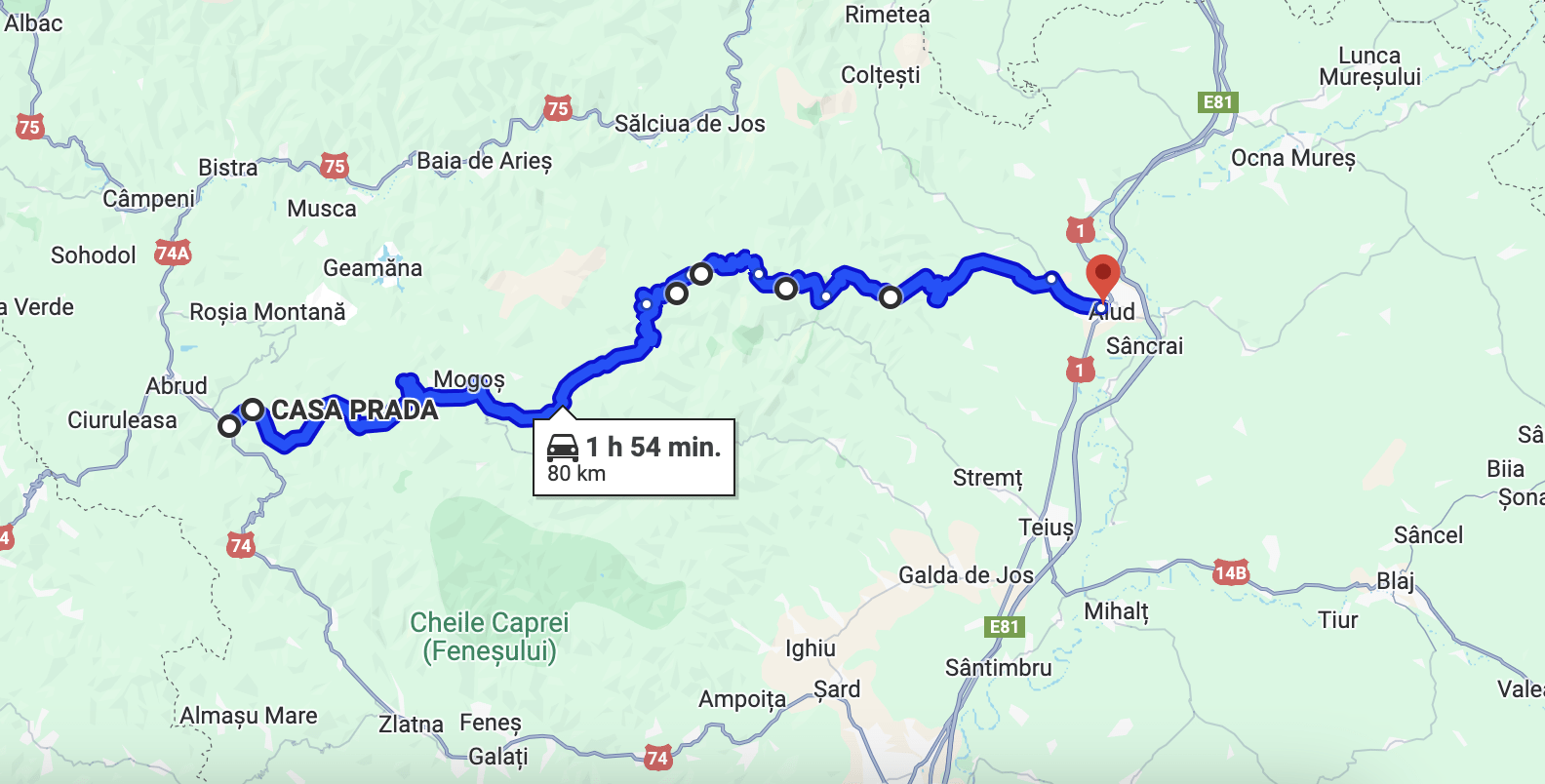
The map of Transapuseana highlights a sinuous route, that winds through the heart of the Apuseni Mountains, showcasing both the natural splendor and the cultural richness of the region. Starting from Aiud, the road initially follows the Aiud River valley, gradually climbing into the foothills and then ascending higher into the mountainous terrain. The route is well marked, with signposts indicating the main attractions and the picturesque villages along the way.
As you trace the map, you’ll notice the road’s characteristic curves and switchbacks, especially as it crosses the Trascău and Metalliferous Mountains. The road climbs and dips dramatically, with several scenic viewpoints where travelers can stop and take in the breathtaking surroundings. The map also marks key points of interest, such as the Râmeț Monastery, the Râmeț Gorges, Vânătările Ponorului waterfall and the traditional villages that dot the landscape.
Each commune along the route—Râmeț, Ponor, Mogoș, and Bucium—hides local attractions, hiking trails, and nature reserves. The map is particularly useful for planning stops at the nature reserves near Bucium, such as Detunata Flocoasă and Detunata Goală, or for detouring towards the Daffodil Glade during springtime.
For those interested in exploring further, Transapuseana can also connect you to nearby tourist destinations: the salt mines of Turda and Praid, the cities of Târgu Mureș and Cluj-Napoca and other scenic byways in the Apuseni Mountains. Rest areas, accommodation spots, and recommended viewpoints make it easy for travelers to plan their journey and maximize their experience of the Transapuseana’s unique landscapes and communities.
Whether you are navigating with a printed map or a digital GPS, following the Transapuseana route is an invitation to discover a lesser-known, but truly spectacular, side of Romania, where every curve reveals a new perspective on nature and tradition.
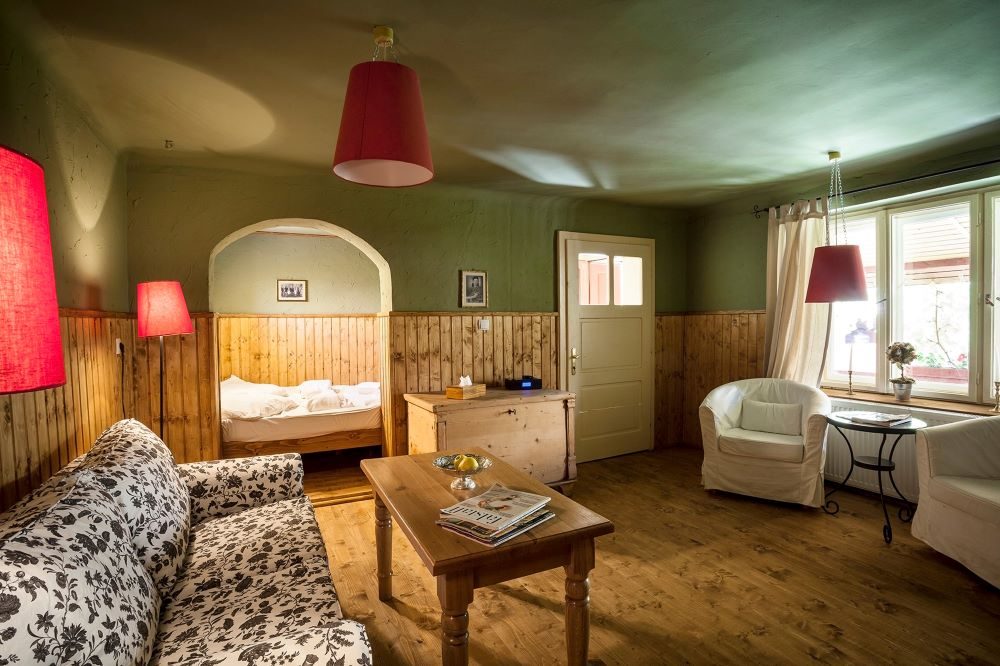
👉 When you’re on vacation with your family, you want to benefit from unique experiences and comfort. Choose one of the newly renovated, traditional Saxon houses, where you can enjoy quality time with your loved ones.
Some facts about Transapuseana
The Transapuseana has a total length of 78 kilometers and connects Aiud and the Bucium – Abrud area, both located in Alba County. This road connects the A10 highway to the national road DN74, crossing one of the most picturesque and wild areas of the Apuseni Mountains, where spectacular landscapes and biodiversity make this route a great destination for all those who love nature and adventure.
Transapuseana stands as one of Romania’s most ambitious recent infrastructure projects. The modernization of the DJ 107I is the biggest investment made on a county road in the country, with a total value of more than 73 million euro, most of this amount being covered by European funds. This grandiose project is designed to improve access to the Apuseni Mountains, thus promoting tourism and facilitating the region’s economic development.
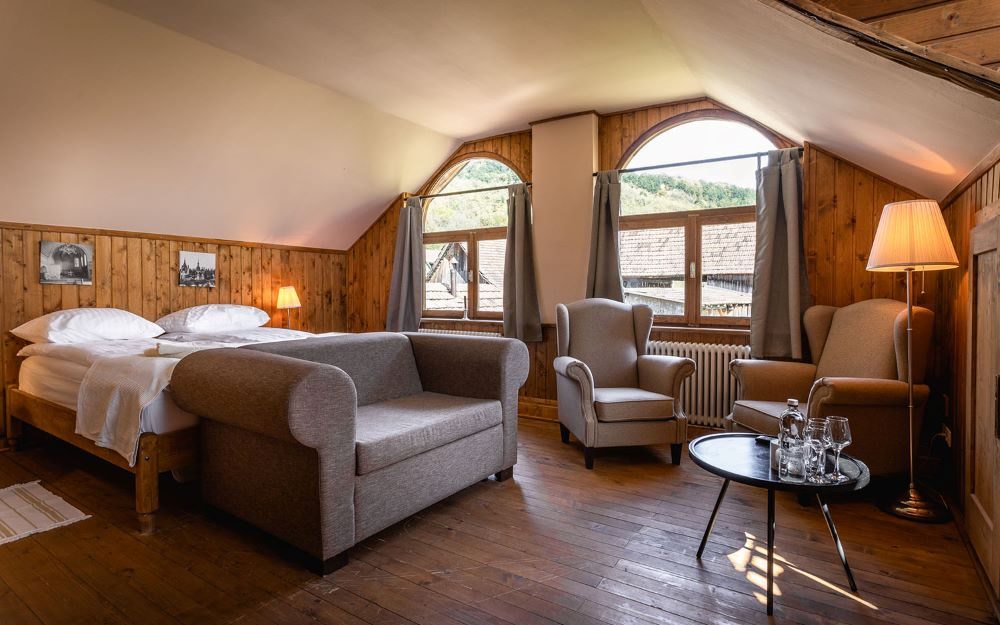
👉 If you want to offer your children unique experiences on the Transapuseana, as well as comfortable accommodation, choose the rooms in the Reussdorfer Hof, specially designed to meet the needs of large families or groups of friends traveling together.
Discover Trasapuseana – cultural, natural landmarks and tourist activities
Transapuseana offers the adventure-seeking and peace-loving traveler the opportunity to explore and enjoy the diversity of the mountain landscape, from gentle hills, covered with coniferous forests, to steep peaks that disappear into the sky. With every twist and turn, you’ll find new chances to connect with nature and discover the region’s rich traditions.
We’ve picked out some fairytale places you can explore along the way, in a vacation that’s both active and educational for parents and younger family members alike.
Commune of Râmeț
An ancient settlement of monks, Râmeț is a place where wild nature meets tradition. The whole family can enjoy mountain hikes or the beauty of quiet moments in the famous monastic settlement here.
The Râmeț Gorges
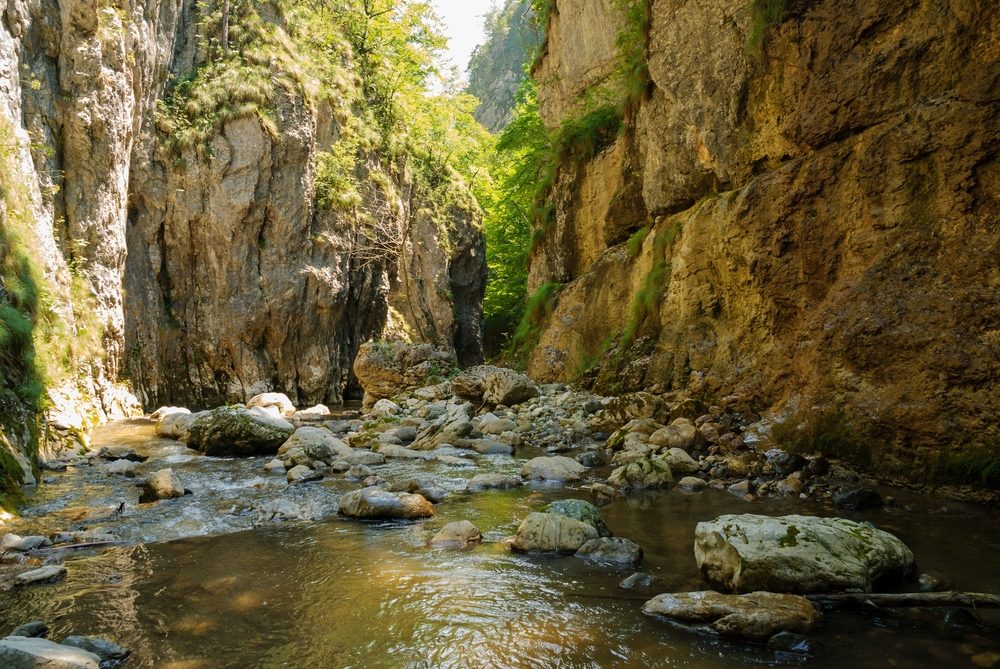
The Râmeț Gorges are a true paradise for hikers and nature lovers. The trails lead you through the beautiful scenery, where you can discover the beauty of the Pravului and Balti Stone Gorges, two of the most impressive geological formations of the region, and the villages of Boțani and Geogelului Gorges complete the picture of this varied landscape.
For photographers, the Râmeț Gorges are an inexhaustible source of inspiration. The spectacular scenery, with towering cliffs, crystal-clear waterfalls and lush vegetation, offers perfect opportunities to capture collectable images. With the right equipment and, preferably, with the guidance of a knowledgeable guide, adventurers can scale the steep cliffs of the gorge, an adrenaline-pumping and rewarding experience.
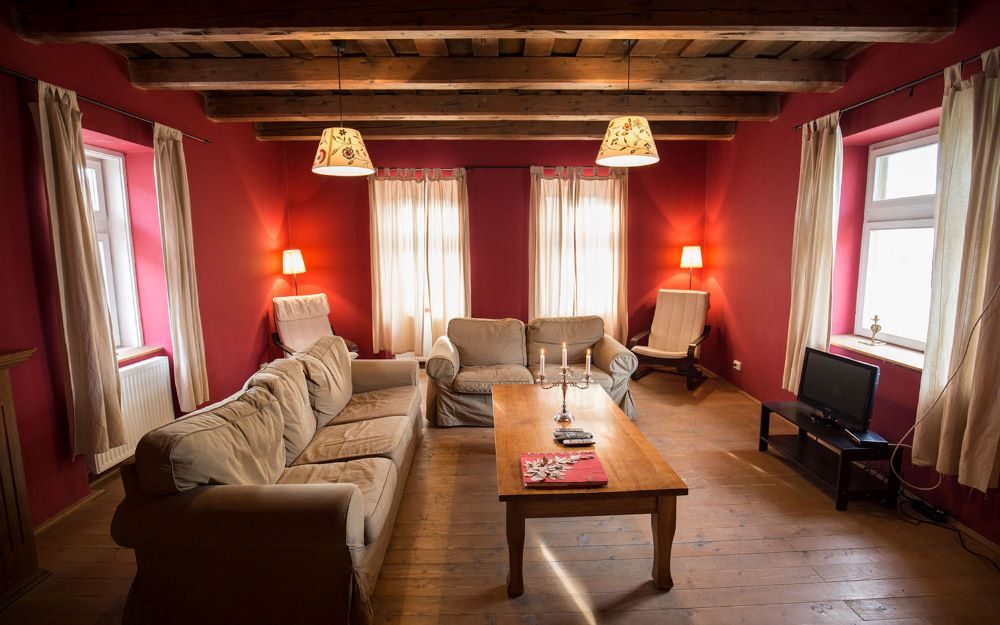
👉 Exploring the Râmeț Gorges with your family will give you the opportunity to spend unique moments with your loved ones. Provide them with a tailor-made accommodation in the Valea Verde Retreat vacation homes, such as Samways House, which has all the comforts of a 3 Daisy guesthouse.
Râmeț Monastery
Situated in a place of outstanding beauty, known as the “Monastery Valley“, the monastery church, dedicated to the Fountain of Healing, is often described as the “Garden of Eden in the Apuseni Mountains“. This sacred place serves not only as a religious center, but also has a special national and cultural role as a place of preservation of the cultural and historical values of the region.
Here you can admire icons on wood and glass, old books of great importance, as well as ethnographic and cult objects and exhibitions of traditional clothing, reflecting the folk costumes of the region.
Commune of Ponor, Alba
Situated on flat peaks and deep valleys, the locality is well known to hiking enthusiasts for its karst formations, which can be visited in the surroundings.
Vânătările Ponorului Nature Reserve
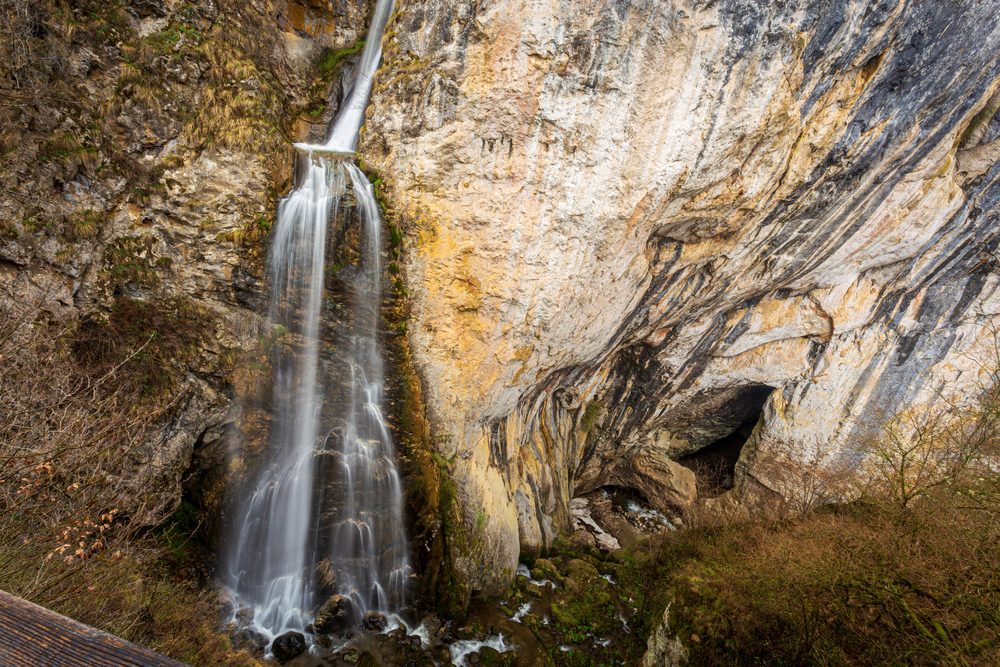
Hidden in the south-west of the Bedeleu ridge, in the Trascăului Mountains, the Vânătările Ponorului reserve is one of the most fascinating natural destinations in Alba County.
One of the most appealing features of the reserve is the Ponorului Falls, with a length of about 100 meters and a waterfall of 92 meters. Near the waterfall, visitors can discover Snail Hill, a surprising paleontological reserve. Here, fossilized snail shells embedded in rock tell the story of the region’s ancient geological past. This strange form of mollusc preservation is a real geological curiosity, providing evidence of the ecological and climatic changes that have shaped the region over the ages.
Traditional houses in Mogoș commune
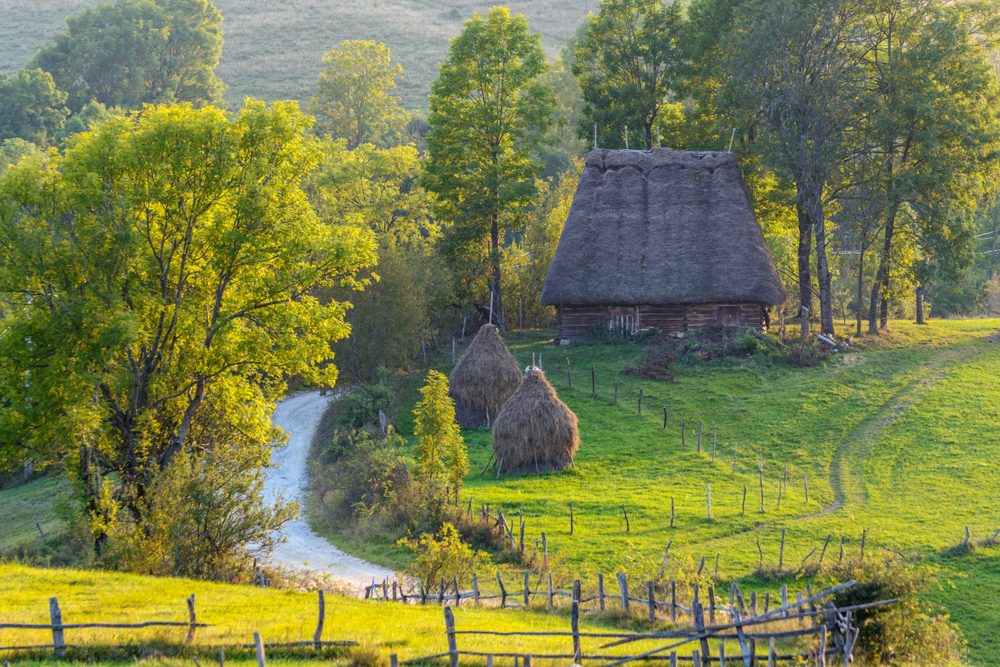
Stretching across 25–30 kilometers of valley, the village is a rare and well-preserved glimpse into traditional rural life in the Apuseni.
The old houses, thatched with thatch, have a roof, room and porch at ground level, often supplemented by stone cellars and porches supported on pilasters. These buildings are an example of adaptation to local conditions and community needs, reflecting a traditional and functional way of life. Although deserted, they are a real delight for photographers.
Another remarkable feature of the local architecture are the rectangular and efficiently compartmentalized sheds, which, despite the passage of time, have remained extremely resistant.
👉 In addition to the wonderful places of the Apuseni Mountains, the guides at Valea Verde Retreat can create original itineraries for you and your family that will take you to lesser-known places in Transylvania, such as the salt mines of Turda and Praid or the beautiful cities of Târgu Mureș and Cluj-Napoca.
Commune of Bucium, Alba
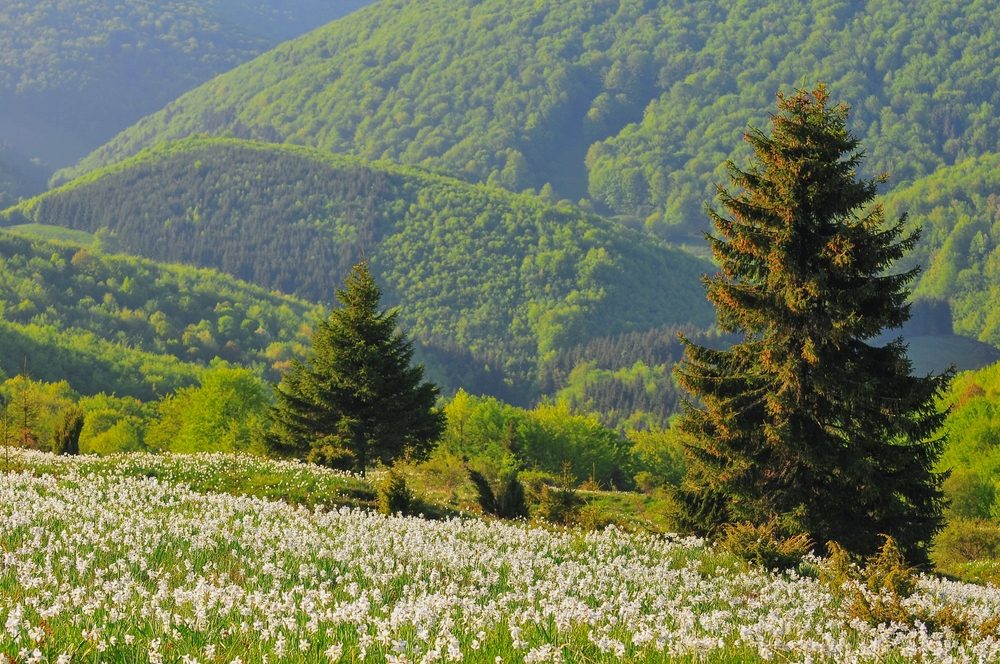
The last stop on the spectacular Transapuseana route is Bucium, a village located in the heart of the ethnographic area of the Metalliferous.
The locality is renowned for its mining tradition, an activity that has profoundly shaped the history and development of this region. Among the elements that mark this past are the numerous stone crosses, six of which are considered historical monuments. These crosses are the silent witnesses of times gone by, reflecting the traditions and beliefs of the community.
Another important symbol of the commune is the Memorial House of Ecaterina Varga, a place of great significance for the local history. Ecaterina Varga was a prominent figure in the struggle for freedom of the serfs in the Apuseni Mountains, and her memorial house keeps alive the memory of her heroic contributions.
In addition, the commune of Bucium boasts three outstanding nature reserves: the Detunata Flocoasă, the Detunata Goală, and the Negrileasa Daffodil Glade. Detunata Flocoasă and Detunata Goală offer breathtaking panoramic views, while the five-hectare Narcissus Glade delights visitors with its rare natural beauty. These natural reserves are a magnet for nature lovers, offering peaceful retreats surrounded by breathtaking mountain scenery.
How the new Apuseni Transalpine started and developed
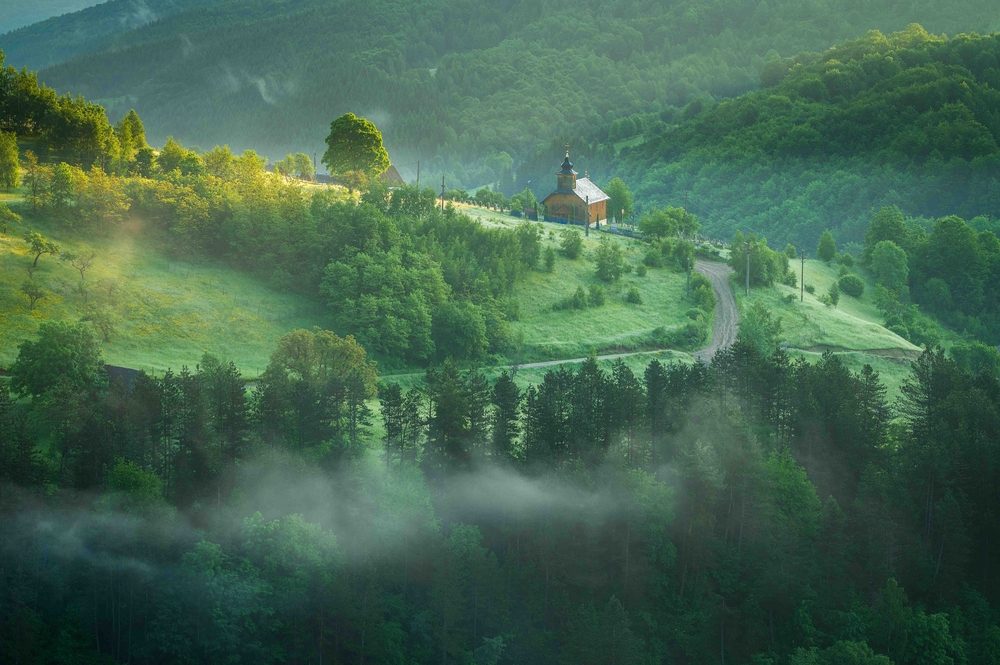
The road was originally conceived as a land route between Transylvania and Banat and was built in the 1930s. It was given the name Transalpina de Apuseni by comparison with another similar road, the Transalpina of Parâng.
In recent years, the road has started to be modernized, and the project is a recent effort to systematize the infrastructure in this mountainous area, which aims to improve the connection of remote localities and promote tourism. In addition to its immediate usefulness, the Transalpina de Apuseni offers travelers the opportunity to enjoy scenic landscapes and wild nature, filled with tranquillity and beauty.
Construction of the new road was also started to facilitate access to some of the most remote and beautiful places in Alba County. The project involved the rehabilitation and modernization of old roads, as well as the construction of new stretches, which are intended to ensure smooth and safe traffic in mountainous conditions. Works included widening the road, installing safety railings and reinforcing slopes to prevent landslides.
Currently, the Transapuseana road (DJ 107I) is fully completed and can be driven in its entirety. The modernization works, divided into two sections, were finalized in 2024, with the official handover taking place at the end of September the same year. The total investment amounted to approximately 73 million euros, 85% of which was funded through European Union funds.
Transapuseana is open to traffic all year round, with county authorities ensuring maintenance and snow removal during the winter season. It is an ideal route for tourists, motorcyclists, and nature lovers looking to explore the Apuseni Mountains.
Best time to visit Transapuseana and road conditions
Timing matters if you’re planning a trip along the Transapuseana. The best period to explore this mountain road stretches from late spring to early autumn, typically May through September. These months offer mild weather and good road conditions.
Spring and summer (May-August) create conditions for sightseeing and outdoor activities. The landscapes turn green, wildflowers bloom, and longer daylight hours allow time to explore. Road conditions during this period tend to be excellent, which ensures an enjoyable drive.
Autumn (September-October) brings charm to the Transapuseana, as fall foliage leads to colorful displays, and cooler temperatures allow good hiking weather. While less crowded than the peak summer months, good road conditions are still likely, but be aware of fallen leaves.
Winter travel along the Transapuseana demands extra caution. The road remains open year-round, but snow and ice can complicate driving from November through April. Winter tires and snow chains might be needed and some sections of the road may close temporarily during bad weather. Checking road conditions before traveling in winter is recommended.
As of 2024, the Transalpina de Apuseni features modern road infrastructure, with paving along the route. Routine maintenance helps ensure driving conditions remain favorable, and safety features, like guardrails and clear signage, are in place. Multiple viewpoints and rest areas are located along the route.
Regardless of when you visit, be aware that mountain weather can shift quickly. Always be ready for changes and proceed with caution on the winding mountain roads.
Tips for driving on Transapuseana
Keep these essential tips in mind to get the most from your journey along the Transapuseana:
- Before you leave, check the weather and road conditions, as mountain weather can be unpredictable. Make sure your vehicle is in good condition and has sufficient fuel. It’s also wise to have emergency supplies like water, snacks, and a first-aid kit on hand.
- Drive slowly and enjoy the scenery. Stick to the speed limits, especially on the curves, and use lower gears when driving downhill to stay in control. Be aware of wildlife, particularly in forested areas, and use designated pull-offs to take photos safely.
- Before you set off, take a look at the Transapuseana map. Make a note of important landmarks and villages, where you can find rest areas and gas stations, and the highest points on the route. Plan your trip so you have enough time for stops and any unexpected delays.
- Be mindful of the environment and local communities. Dispose of your trash properly, don’t litter, and drive quietly when passing through villages. Supporting the local economy by buying regional products is appreciated.
- Travelers looking for Transapuseana accommodation will find a wide range of options along this scenic route through Romania’s Apuseni Mountains, combining comfort with stunning natural beauty and local cultural charm.
By following these guidelines, you’ll ensure a safe and enjoyable trip while helping preserve the Apuseni region for other visitors.
Looking for the perfect accommodation after your Transapuseana adventure? Consider staying at the Bierzahn house, where families and groups can relax in comfort and style.
Crossing the impressive heights and picturesque valleys of the Transapuseana, the traveler embarks on an unforgettable journey, where nature and history intertwine in a fascinating picture. This spectacular road is not just an access route between the picturesque localities of Alba County, but a true trail of discovery, offering sights that delight the senses and activities that enrich the travel experience.
Photo Sources: Shutterstock, Shutterstock, Valea Verde Retreat, Shutterstock, Valea Verde Retreat, Shutterstock, Valea Verde Retreat, Shutterstock, Shutterstock, Shutterstock.

